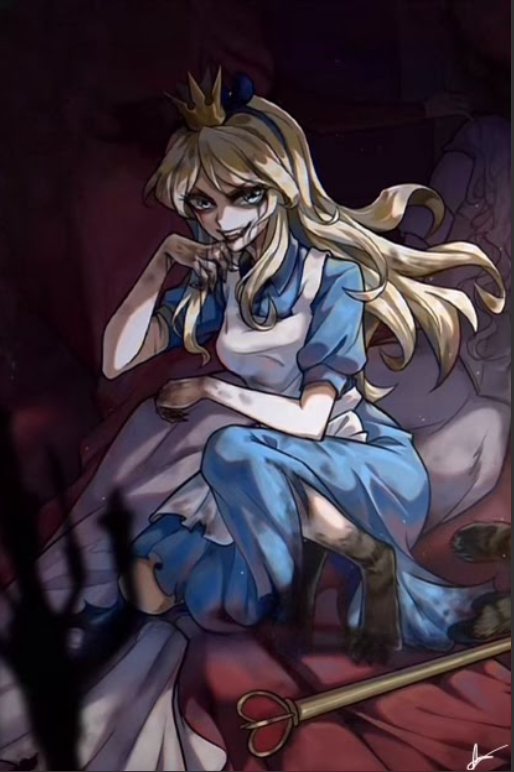Disney Princesses: Psychological Disorder Edition; the Impact on Children
April 27, 2023
Colossal recent revelations have revealed revolutionary ideas of how the beloved Disney princesses that children— ones from generations ranging from the oldest Baby Boomers to the newest Generation Alpha have watched, fantasized about and idolized—embody socially crucial psychological disorders, such as ADHD (Attention Deficit Hyperactivity Disorder), Bipolar Disorder, Dependent Personality Disorder, Antisocial Personality Disorder, OCD (Obsessive Compulsive Disorder) and Major Depressive Disorder [1]. Truly a difficult fact to absorb for many, the question then becomes: what has society in the past, as a whole, learned from potentially viewing and imitating some of the detrimental behaviors of the ever-so-revered princesses? Then comes the controversy of what society today (Generation Alpha) is learning from these classics, and whether Disney has implemented the necessary changes to ensure children in this day and age do not adapt particular behaviors subject to be seen in distinct psychological disorders merely to feel like their idols, the princesses.
To establish clearly the massive impact Disney shows and movies have had on children, we can analyze and observe previous studies conducted on children to measure the effect of internalization of ideas that have been consistently promoted by Disney”: a traditional woman’s role (homemaker, caretaker, submission to significant others and the derivation on happiness merely from a male partner), racism (evidenced by all princesses being white women), and a certain body type (slender, tall, tiny waisted, blonde-haired). A journal by honors student Hannah Tanner from Eastern Kentucky University established that children develop certain attachment styles that shape their interactions with the environment for a lifetime. Since children are such dependent beings, they rely on figures around them to not merely provide for their basic needs but also fulfill their need for a role model (someone they want to be like). She argues that “[t]hey are therefore more profoundly influenced by mental illnesses they observe from an attachment figure”, asserting that children are profoundly impacted by media portrayed figures that they are exposed to in early childhood—AKA Disney princesses. She also cites evidence from multiple previous studies that have proven how children, particularly young girls think about themselves: the biting desire to look skinny, the desire to be saved from all their problems by a strong, fierce male figure and their belief that women must always remain dependent.
Now that the reason for how impactful these portrayals of mental health disorders can be for the young has been established, this article will go into some of the most famed examples.
Elsa (Frozen 2013):
Elsa has unfortunately been diagnosed with Avoidant Personality Disorder. This disorder has been classified by the DSM-5 as a Cluster C (anxious and fearful) disorder. It entails behaviors such as extreme social isolation, the constant fear of being embarrassed or critiqued by the greater public, and feeling incompetent and unaccomplished. This is seen in Elsa’s behavior as she locks herself in a room for a LONG period of time, away from her best friend and beloved sister, Anna, merely because of a mistake she had made with her ice powers years ago. She then proceeds to live in isolation on a mountaintop, away from her kingdom as she believes she will never be a good queen.
Alice (Alice in the Wonderland 1951):
Alice had been diagnosed with schizophrenia. This mental illness has strong implications of positive and negative symptoms (symptoms that include present and absent behaviors) such as constant delusions (false beliefs), hallucinations (false sensory experiences), mild paranoia, inhibition of emotions and feelings and abnormal motor functions. Alice is clearly seen believing the animals she meets are real, and that her size is constantly changing as she transitions through multiple places. These factors all prove that she has schizophrenia [2].
Some other examples include Ariel (Hoarding Disorder-a part of OCD-), Cinderella (Dependent Personality Disorder-DSM-5 Cluster C), Pocahontas (Histrionic Personality Disorder-DSM-5 Cluster B) and Sleeping Beauty (Major Depressive Disorder) and so many more.
The debate on whether Disney should be exposing young girls to these behaviors at such a young age or helping them develop without a vast impact by the media still continues. However, it is crucial for society to find a solution swiftly, before humankind as a whole starts exhibiting the detrimental behaviors as imitations of idols.

